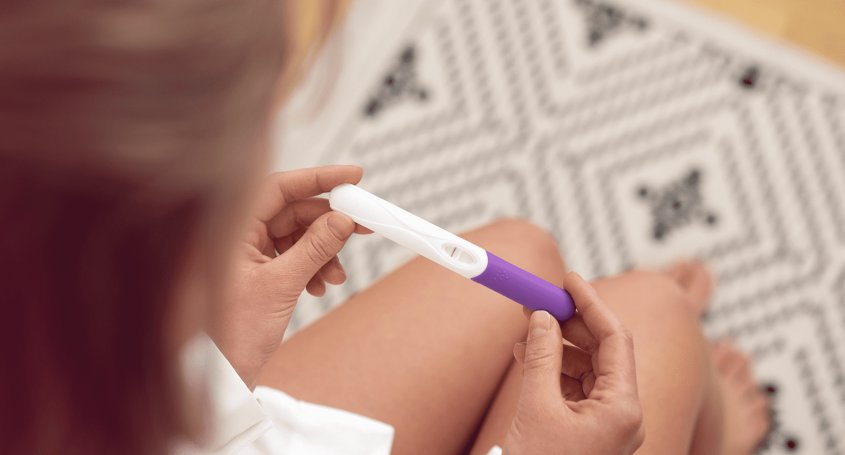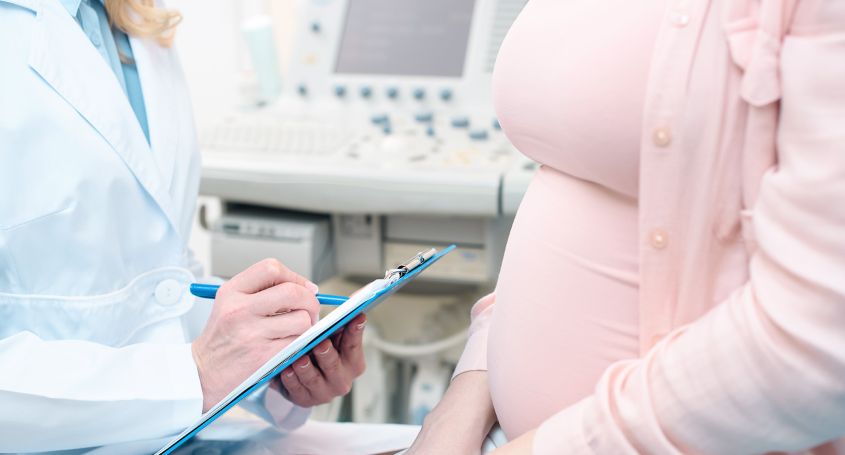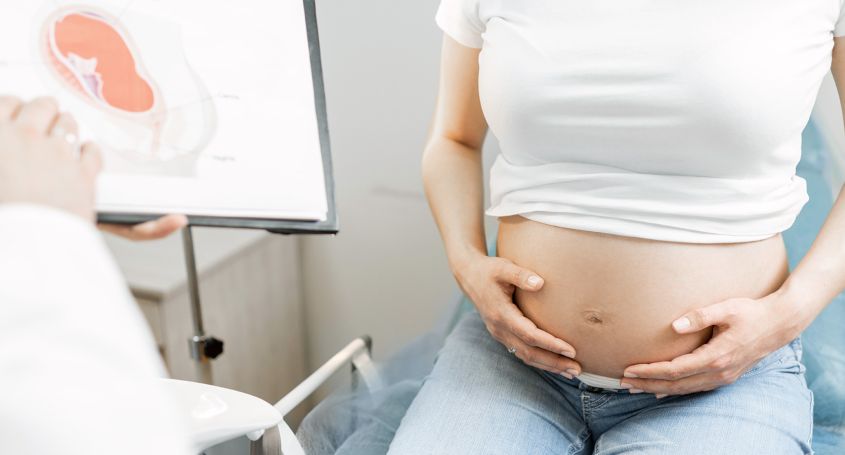It is not strange for a woman with tubal ligation and a man with a vasectomy to look for a new pregnancy after some time. There are many reasons to wish for another child and personal circumstances vary with time. For this reason, many people ask if it is possible to obtain a pregnancy after having undergone a vasectomy or a tubal ligation. The answer is yes, and in this article we explain a bit more about how it is possible to obtain this.
Despite being able to revert the vasectomy and the ligation of the tubes, you must think these are definitive techniques. The success rate for the reversion of these is estimated in 60% and always depends on the technique used and the time taken since it was carried out. Furthermore, pregnancy rates after this procedure are very low and when a pregnancy is obtained the risk of an ectopic pregnancy is very high.
Get pregnant after a vasectomy
The vasectomy is a contraceptive system where the ligation and section of the ducts that allow the liberation of the sperm is carried out. By obstructing its exit, spermatozoids are no longer present in the ejaculation. Once the absence of spermatozoids in a spermiogram is confirmed, the efficiency is of 99.9%. For this reason, one of the recommendations if you don’t have children or if one may wish for offspring further down the line is to carry out a freezing of a sample prior to the vasectomy. This way, should you change your mind in the future, part of that sample can be used to fertilize the eggs.
If there is no semen sample there are other alternatives to obtain a pregnancy. These are going to depend on various factors such as the woman’s age, the time since the vasectomy was carried out or the number of children they are looking for.
To revert a vasectomy can be the solution for a young couple who wishes to have more than one child. Once the intervention has taken place, if the sperm sample is apt, a spontaneous pregnancy can be attempted, or else an IUI or IVF – depending on the quality of the sample. The reversion only works should the vasectomy have occurred not long ago and when the woman is young, factor which compensates the quality of the partners sperm.
In an older couple, once the vasectomy has taken place and spermatozoids are not obtained from the ejaculated sample, the best option would be to carry out an IVF using spermatozoids obtained directly from the testicle. This process is called surgical sperm retrieval.
Get pregnant after a tubal ligation
When a tubal ligation is carried out there is no flow within the tube, therefor the encounter between egg and spermatozoid is impossible, thus impeding a natural pregnancy.
Taking into account the chances of success after a tube ligation reversal, the best advice to a woman with tubal ligation who wishes a pregnancy would be to carry out an IVF cycle. As her tubes are disabled, an artificial insemination cannot be carried out, but an IVF is completely viable.
In an In Vitro Fertilisation process eggs are obtained through egg retrieval. These are inseminated in the laboratory and the embryos are formed. They then develop in vitro in the lab to be placed a few days later in the uterine cavity. Therefor the tubes never intervene in this process.














